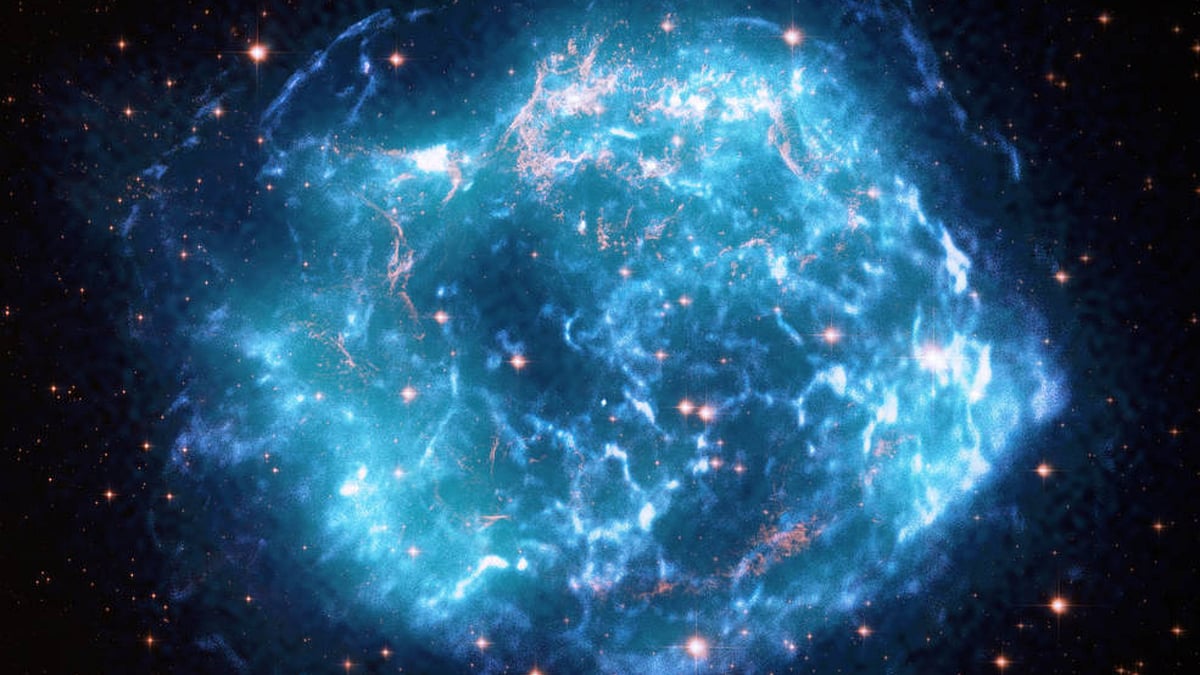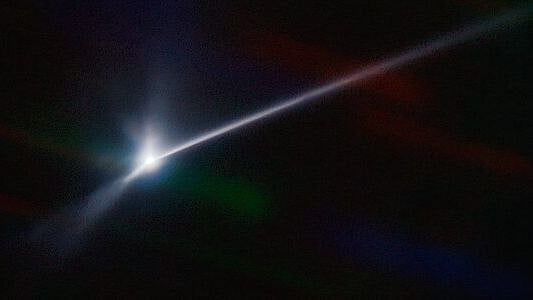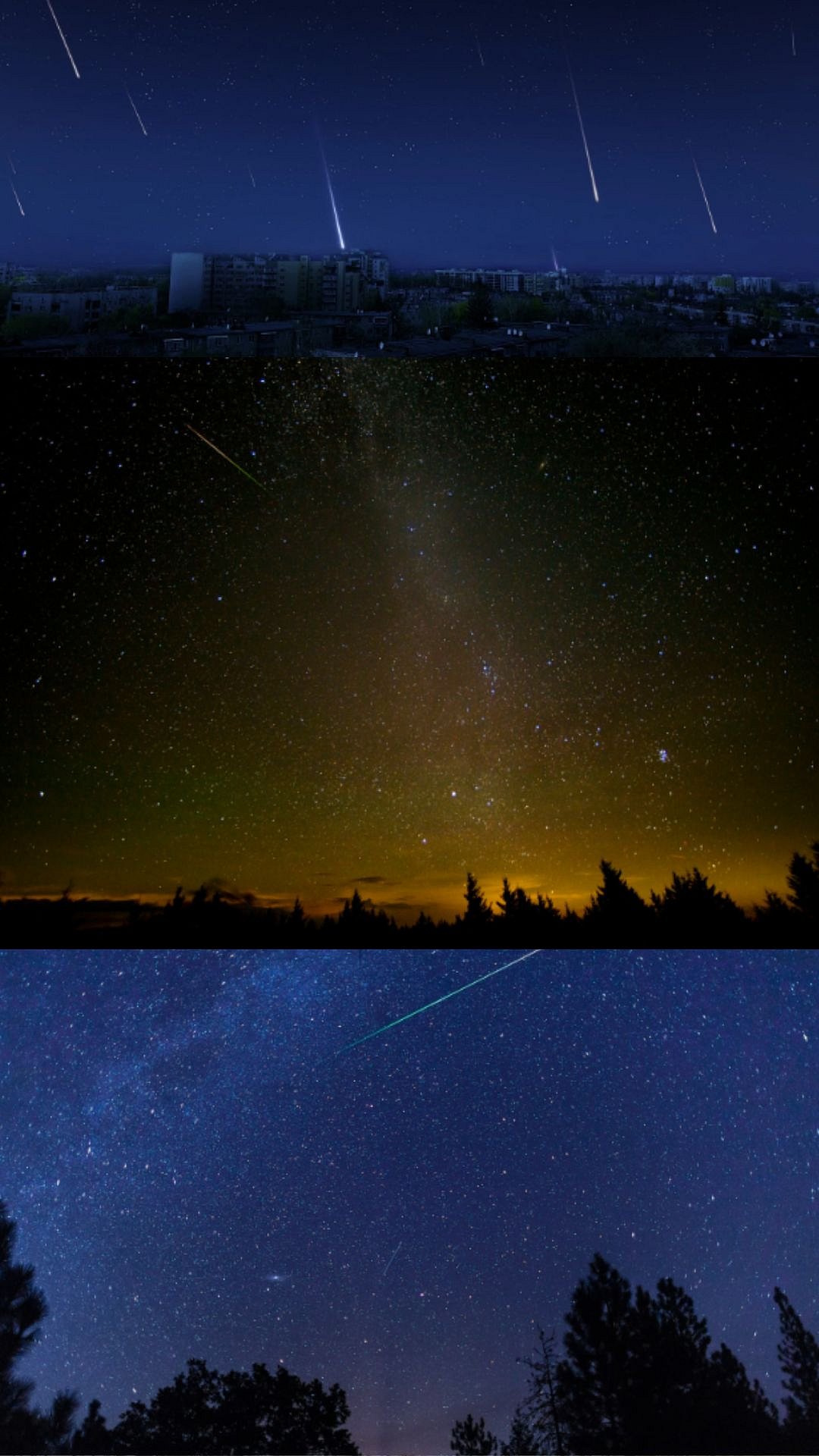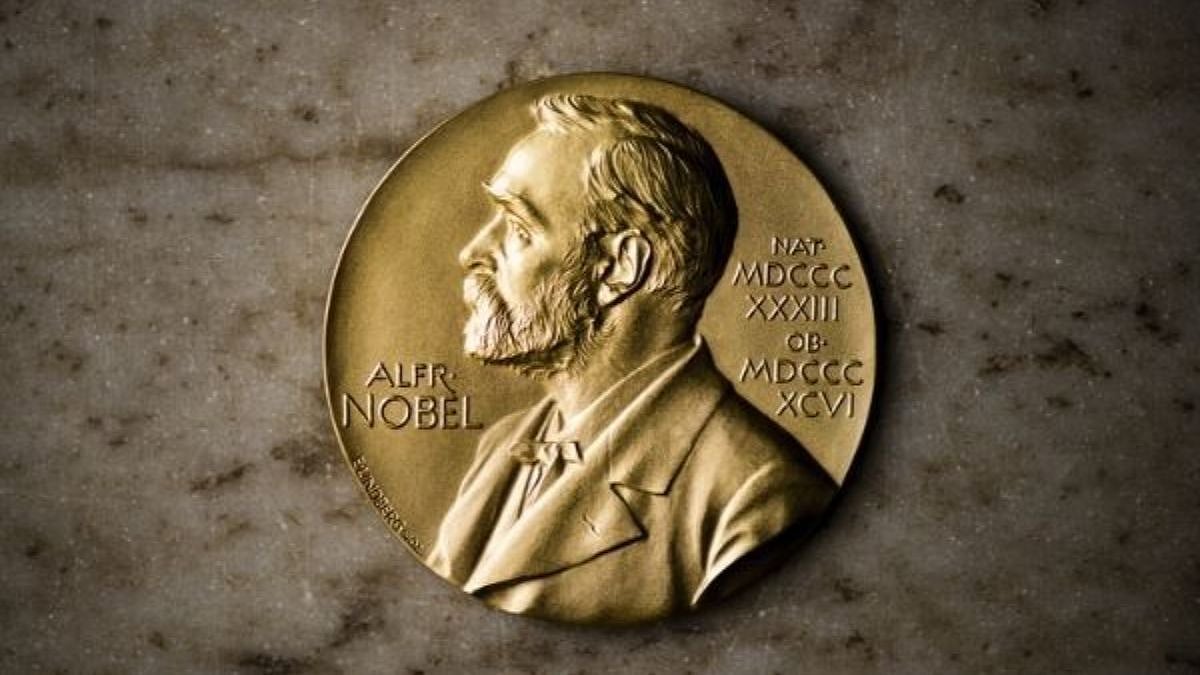For the first time, astronomers have mapped X-rays from the remnants of an exploded star. These findings were made using the stellar remnant of Cassiopeia A (Cas A). Researchers are hopeful of finding more about the nature of young supernova remnants, which travel at the speed of light. NASA's Polarimetry Explorer (IXPE) captured this image.
What is Cas A and IXPE?
Cas A was the first object observed by IXPE after it began exploring space, and it was chosen because it featured shocky waves, which were generated by a supernova that destroyed a massive star after it collapsed.
According to NASA, Pat Slane said at the Centre for Astrophysics, "Without IXPE, we have been missing crucial information about objects like Cas A." "This result teaches us about a fundamental aspect of the debris from this exploded star—the behaviour of its magnetic fields."
The magnetic fields, which are invisible, have similar push and pull properties to protons and electrons. Under such conditions, like an exploded star, the magnetic fields can boost the particles to near light speed. Even having the speed of light, these particles were swept by the shock wave in Cas A as they got trapped by the magnetic field because of the wake of the shock. This forced the particles to spiral around the magnetic field lines, and the electrons gave off the intense light called "synchrotron radiation.' Earlier, Cas A demonstrated that areas throughout practically the entire supernova remnant produce radio synchrotron radiation.
IXPE is the first satellite that can measure the polarisation of X-ray light and its sensitivity level and clarity. IXPE was made in collaboration with the Italian space agency, NASA and other science collaborators from 12 countries. Scientists are hopeful of finding and observing more objects to reveal new answers.











